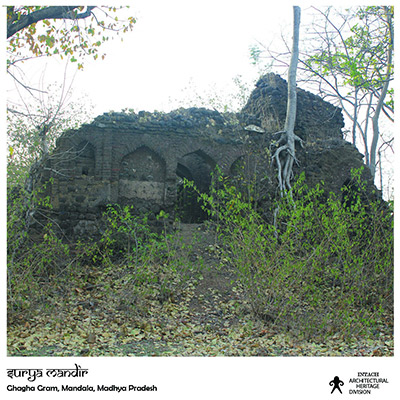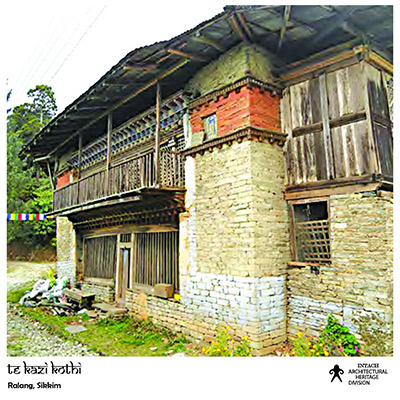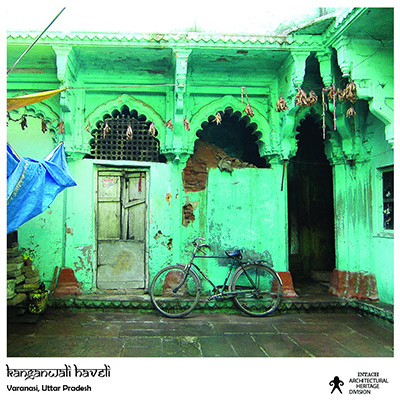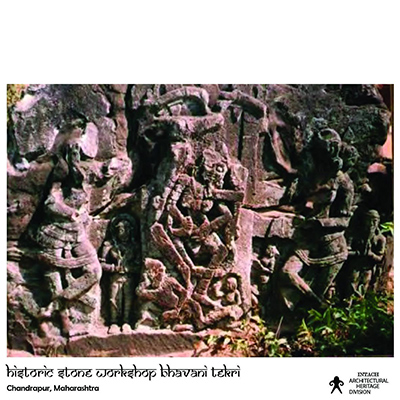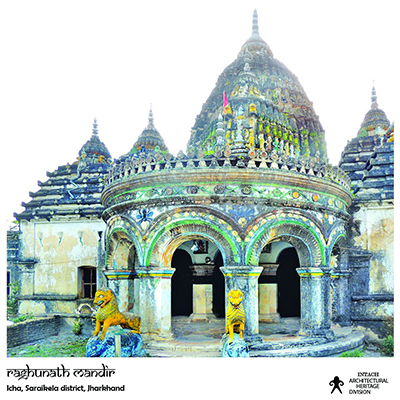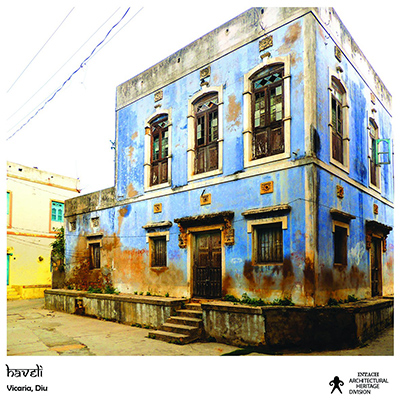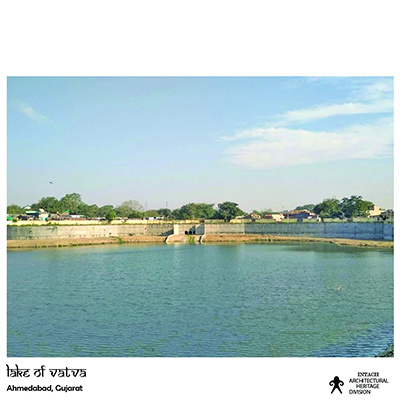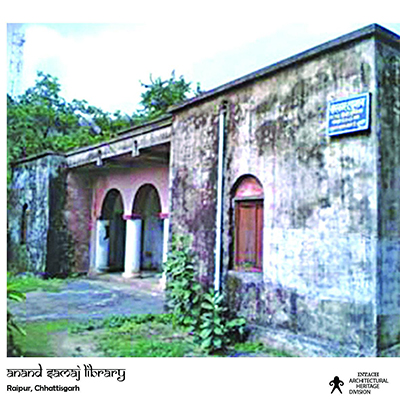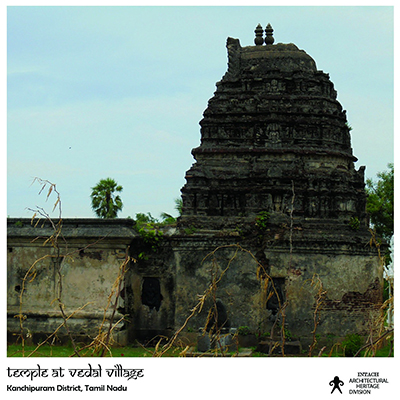H@R 212/365 Ram Ghat Varanasi, Uttar Pradesh
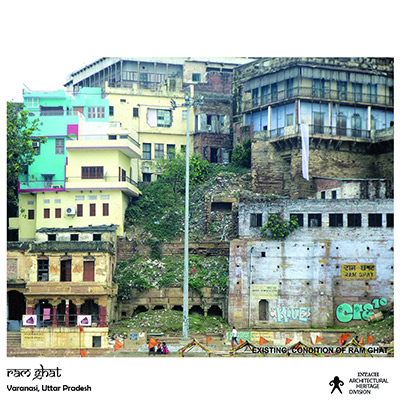
H@R 212/365
Ram Ghat Varanasi, Uttar Pradesh
Ram Ghat has religious importance due to the Ram Temple associated with Tulsi Das. It has social and cultural value on account of the fairs held during ‘Magha’ and ‘Kartik’ Purnima. It has deteriorating condition, especially of the steps and stone façade. The 1720 CE edifice is in an endangered state. The historic buildings at the ghats are in varying degrees of despair. As evident at Raja Ghat and Chet Singh Ghat, the historic fabric is deteriorating.



